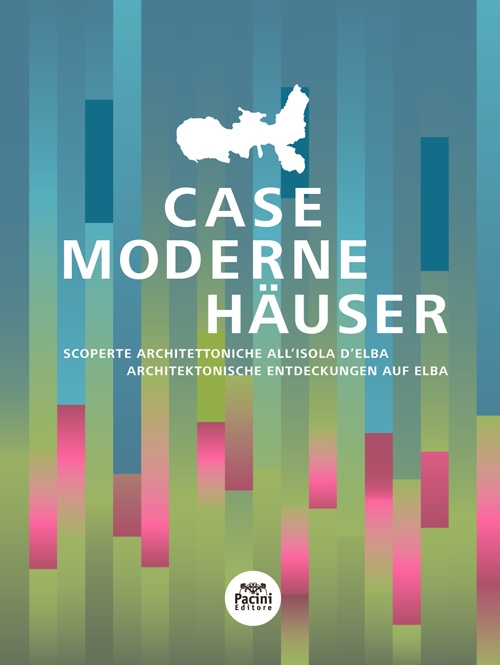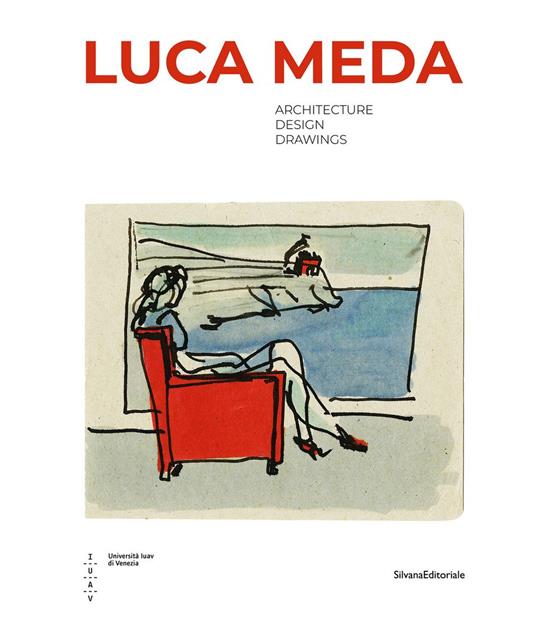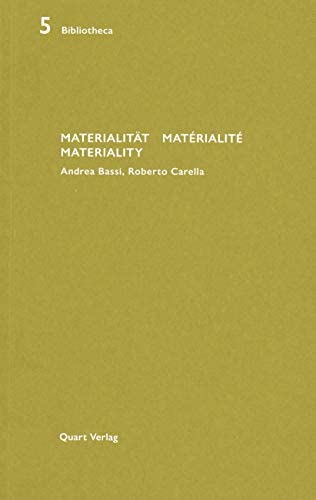monografia
• Marzo 2020
Architecture at Work. Towns and Landscapes of Industrial Heritage
Autore: G.L.Fontana, A.Gritti
Editore: Forma edizioni
Lingue di traduzione: da italiano a inglese
Traduttori: Sarah Elizabeth Cree, Janice Loggans e Graham Robertson per Il Nuovo Traduttore Letterario
Siamo molto felici di aver contribuito alla realizzazione della versione inglese di questo progetto editoriale insieme complesso e originale. Una ricognizione delle “città operaie”, degli insediamenti abitativi destinati ai lavoratori di grandi complessi produttivi, attraverso i secoli, i continenti e le attività produttive.
Un volume che illustra celebri e meno celebri casi di studio dell’architettura industriale, ma con uno sguardo agli aspetti sociali e sociologici, storici, e all’impegno sociale, filantropico e progressivo dell’industria e del lavoro. Mill towns, mining towns, cité ouvrières, bruk städer, colonias industriales, villaggi operai, città sociali, villes usines, company towns, corporate cities sono alcuni dei nomi che queste realtà hanno assunto nel tempo, a riprova di una complessità storica, sociale e architettonica irriducibile.
Project Capital: Architecture, Technique and Industrial Society
by Andrea Gritti
In 1934, Simone Weil began working in a factory, convinced that she would not be able to contribute to philosophical reflection on the “human condition” until she had fully experienced the “workers’ condition”. The collection of writings that describe those harsh months, published by Albert Camus, concludes with an emotional appeal, stating that “all problems of technique and economy should be formulated towards conceiving the best possible conditions for the worker” Weil’s definition of this fundamental societal norm also included architecture, which she held to be one of the “intermediaries” capable of wresting the workers’ thoughts away from the earth at their worksites, just as it lifts those of the faithful towards heaven in churches. Weil wrote her article on the “first condition for non-servile work” in Marseilles in 1941, two years before her death and six years before construction began on Le Corbusier’s Unité d’Habitation in the same city.
During the period in which Le Corbusier was conceiving and realising the work that was to introduce in a new, at once both radiant and mechanistic, social habitat, architecture had already broadly put itself to the test as mediator, accumulating, over the course of a century and a half, a formidable series of projects commissioned by a dizzying range of representatives of industrial capitalism.
(traduzione di Sarah Elizabeth Cree)






